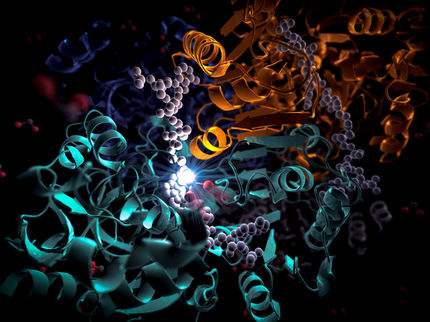Heat- and Oxygen-Stable Biocatalyst for Hydrogen Production
Newly detected [FeFe]-hydrogenase from a thermophilic bacterium is not degraded by oxygen
In the absence of air, microorganisms produce hydrogen using an enzyme called [FeFe]-hydrogenase, one of the most efficient hydrogen-producing biocatalysts known and a promising tool for green hydrogen energy. However, these enzymes are rapidly destroyed when exposed to air, which has so far limited their industrial use. Joint efforts led by scientists from the Photobiotechnology group and the Center for Theoretical Chemistry at Ruhr University Bochum, Germany, isolated a new type of oxygen-stable [FeFe]-hydrogenase and revealed its “tricks” for this oxygen-stability. The results are published in “Journal of American Chemical Society” on April 23, 2025.
A selection from thermophilic bacteria
In the pursuit of highly stable [FeFe]-hydrogenase, the team started to search for [FeFe]-hydrogenases from thermophilic bacteria. Employing bioinformatics tools, they found the thermophilic bacterium Thermosediminibacter oceani that thrive around 70˚C and possesses a potentially interesting [FeFe]-hydrogenase.
Understanding the high oxygen stability
After successful production and isolation of this new [FeFe]-hydrogenase, they observed its good thermostability and unprecedented oxygen-stability – it even survives after several days’ exposure to air. “It is so exciting to see this high stability,” says Subhasri Ghosh, the first author of the study. Using hydrogen production measurements, spectroscopy, site-directed mutagenesis, and machine learning-based structure prediction together with molecular dynamics computer simulations, the researchers gained detailed insights into the oxygen protection mechanism. They found that an additional sulfur-containing amino acid located near the catalytic center is crucial for oxygen stability. “Additionally, a cluster of hydrophobic amino acids influences protein dynamics and helps regulate oxygen resistance”, says Professor Lars Schäfer. “We are positive that some of these findings can be applied to other [FeFe]-hydrogenases and possible help in engineering more oxygen-stable [FeFe]-hydrogenases”, concludes Professor Thomas Happe from the Photobiotechnology group Ruhr University Bochum, who led the study.
Original publication
Subhasri Ghosh, Chandan K. Das, Sarmila Uddin, Sven T. Stripp, Vera Engelbrecht, Martin Winkler, Silke Leimkühler, Claudia Brocks, Jifu Duan, Lars V. Schäfer, Thomas Happe; "Protein Dynamics Affect O2-Stability of Group B [FeFe]-Hydrogenase from Thermosediminibacter oceani"; Journal of the American Chemical Society, Volume 147, 2025-4-23
Most read news
Original publication
Subhasri Ghosh, Chandan K. Das, Sarmila Uddin, Sven T. Stripp, Vera Engelbrecht, Martin Winkler, Silke Leimkühler, Claudia Brocks, Jifu Duan, Lars V. Schäfer, Thomas Happe; "Protein Dynamics Affect O2-Stability of Group B [FeFe]-Hydrogenase from Thermosediminibacter oceani"; Journal of the American Chemical Society, Volume 147, 2025-4-23
Topics
Organizations
Other news from the department science

Get the chemical industry in your inbox
By submitting this form you agree that LUMITOS AG will send you the newsletter(s) selected above by email. Your data will not be passed on to third parties. Your data will be stored and processed in accordance with our data protection regulations. LUMITOS may contact you by email for the purpose of advertising or market and opinion surveys. You can revoke your consent at any time without giving reasons to LUMITOS AG, Ernst-Augustin-Str. 2, 12489 Berlin, Germany or by e-mail at revoke@lumitos.com with effect for the future. In addition, each email contains a link to unsubscribe from the corresponding newsletter.
Most read news
More news from our other portals
Last viewed contents

Green hydrogen: MXene boosts the effectiveness of catalysts - Promising path to a new class of catalysts
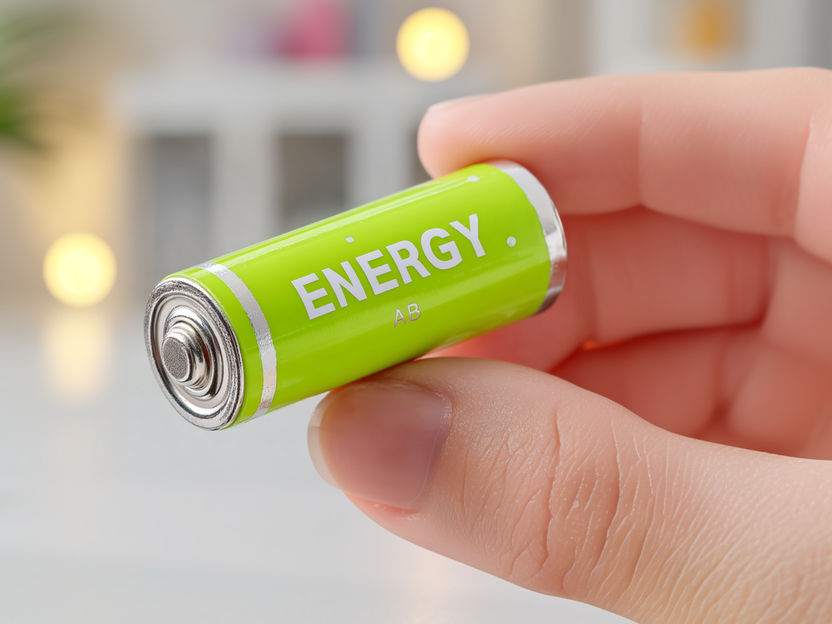
Solving two battery challenges with one atom-scale catalyst - “This work is significant because it solves two long-standing problems in lithium–oxygen batteries using a single material”

Nanoburgers with promising flaws - DESY team finds surprising defects in tiny metal particles, which could stimulate the development of more efficient catalysts
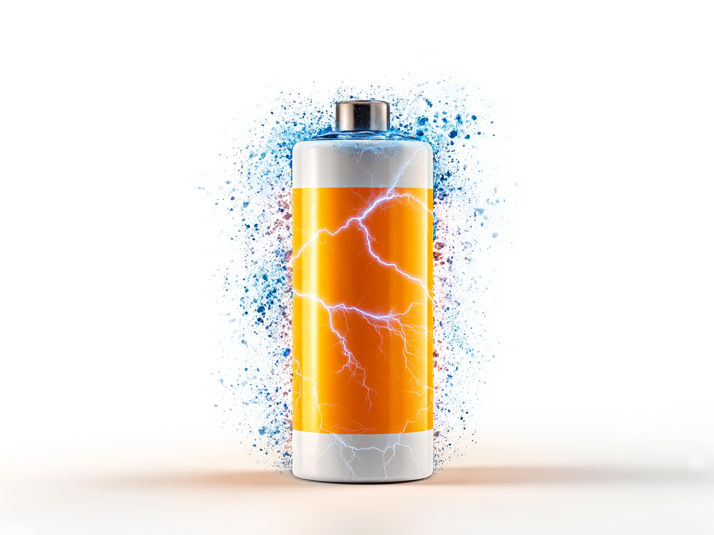
Zinc–iodine battery with outstanding stability now a reality
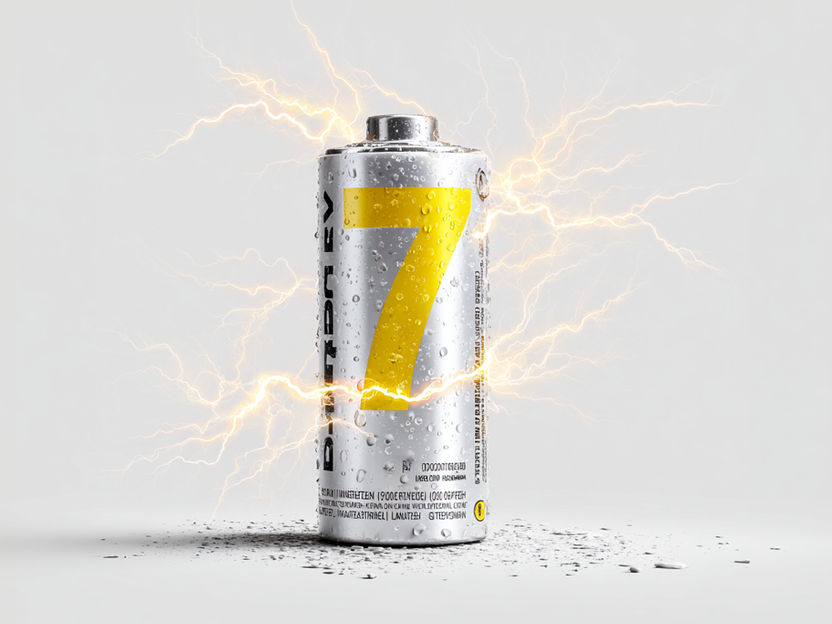
Sevenfold boost in lifespan of anode-free all-solid-state batteries using MoS₂ thin films - Employing cost-effective MoS₂ thin films in place of expensive noble metals resolves issues of non-uniform lithium plating and interfacial instability in anode-free all-solid-state batteries
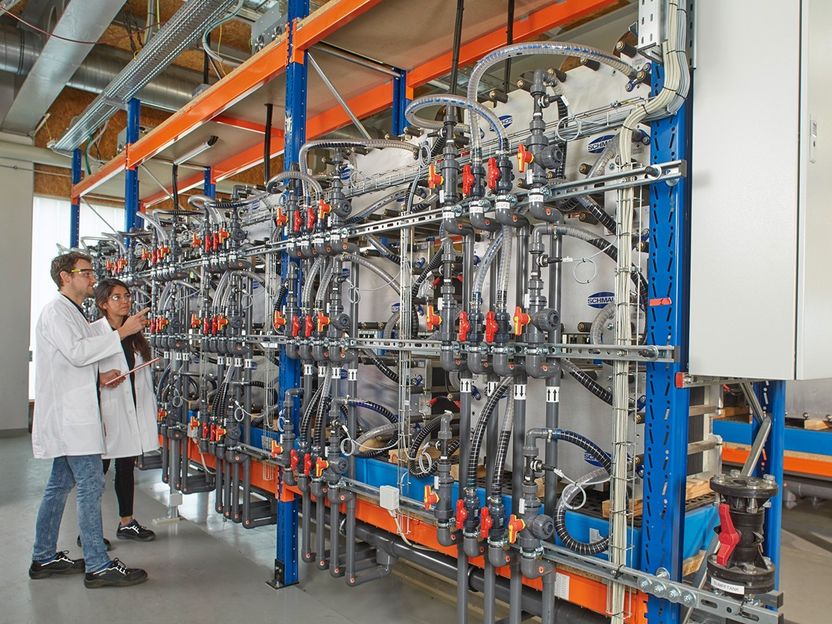
Renewable energy stored in a large-scale battery is introduced into the power grid on demand - Successful start to test operation at Fraunhofer ICT

New method to study catalysts could lead to better batteries - A new algorithm opens the door for using artificial intelligence and machine learning to study the interactions that happen on the surface of materials
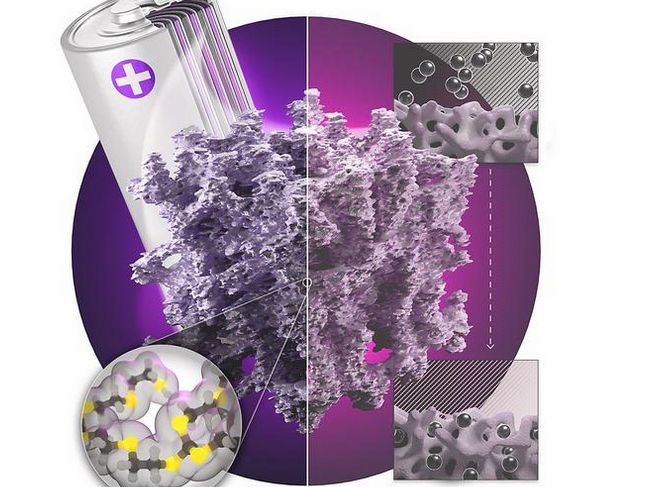
Versatile new polymer material - Highly efficient metal catcher and building block for environmentally friendly batteries
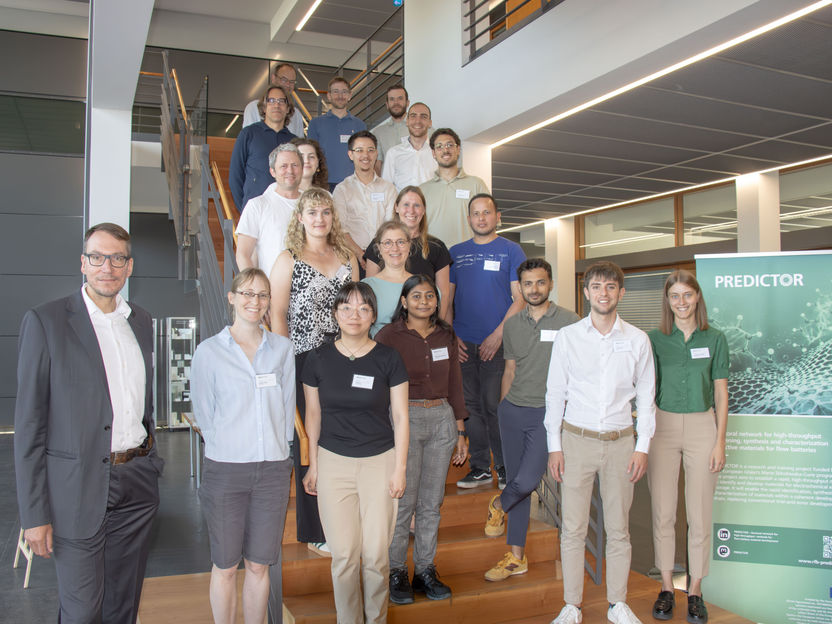
High-throughput screening, synthesis and characterization of active materials for flow batteries - International research network »PREDICTOR« aims to establish rapid, high-throughput methods to identify and develop materials for electrochemical energy storage

LUMITOS Celebrates Anniversary – From University Vision to Leading B2B Online Marketing Expert - Organic Growth Instead of Venture Capital: How LUMITOS Survived the Dot-com Crisis and Became Market Leader

Thyssenkrupp nucera Signs an Agreement to Acquire Key Technology Assets from Green Hydrogen Systems


